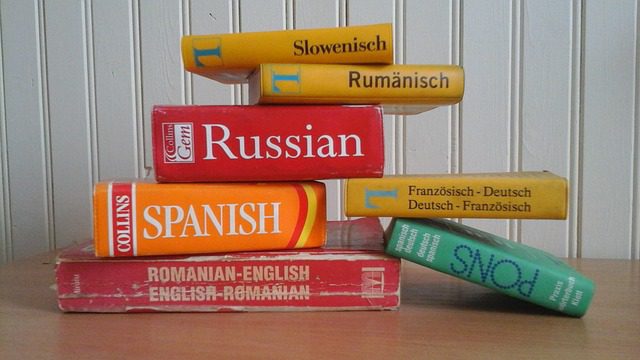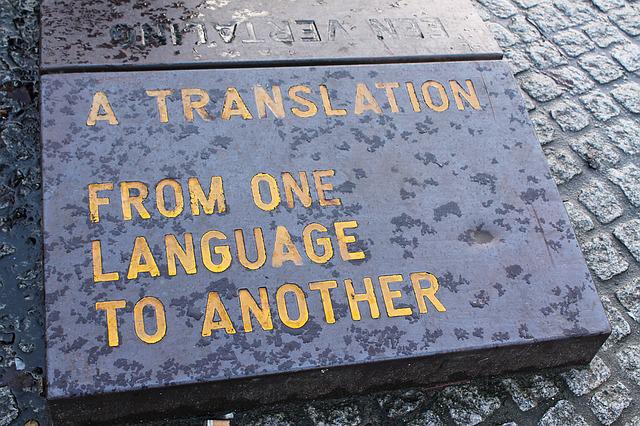This article will try to understand the difference between translation and interpretation.
The most common question asked in translation services is, ” What’s the Difference between Translation and Interpreting?” This only adds to the confusion when they are actually two distinct things that do not need to be confused.
One way to understand their differences is to say that translation includes written material between different languages and interpreting involves spoken content among multiple languages.
So if you are curious about finding out the difference between these two concepts, then continue to read this blog, and you will find your answer.
Table of Contents
Understanding Translation
The translation is the process of converting text from one language to another while keeping its meaning. The translation is usually in written form. So if you ever want to translate your document, try consulting a professional translation agency. They will provide you with written content.
Communicating In The Target Language

Although linguistic and cultural skills are important, the most important quality of a translator is their ability to communicate in the target language. Skilled translators must be able to read and understand the culture and language of the country from which the text originated. They then use dictionaries and reference books to translate the material into the target language.
For instance, human translators in Professional Filipino Translation Services must understand the nuances and intricacies of the Filipino language and the target language. This allows them to localize content rather than just converting words from one language to another vis-a-vis dictionary.
Bilingual people can only express themselves in one language. Many excellent translators, however, are not bilingual. A good translator can only translate documents into their native language.
It is crucial to ensure that the translator you choose only speaks their native language.
Understanding Interpretation?
Interpreting allows for real-time cross-linguistic communication, whether it is face-to-face or in a conference setting. You can also call it oral translation, personal translation, or real-time translation. This is when a person repeats something out loud in another language.
Paraphrasing Is A Form of Interpretation
Paraphrasing is a form of interpretation, similar to translation. The interpreter listens carefully to the speaker in one language and grasps the contents. Next, he or she paraphrases the speaker’s understanding using the tools of his or her target language. A translator changes the meaning from words to words and then changes the meaning to words in a different language.
Thorough Understanding of The Subject Matter
Interpreters must be able and willing to translate on the spot in both directions, without reference books or dictionaries. You cannot explain something to someone if you don’t fully understand it. The same goes for translating or interpreting information without thoroughly understanding the subject matter. The interpreter must decide how to effectively convey the meaning and context of the words. This requires expertise in a particular subject, knowledge of other cultures, and extensive experience.
There are six major types of interpretation, including:
- Consecutive Interpreting
- Simultaneous Interpretation
- Escort/Travel Interpreting
- Whisper Interpreting
- Telephone/Over-the-Phone Interpreting
- Telephone Interpreting on-Demand
Expert knowledge is just as important when choosing an interpreter. Interpreters must be able to listen well. Interpreters should also have exceptional listening skills and the ability to transform culturally-specific idioms into similar statements that the target audience can understand.
Some Languages Do Not Have A Direct Translation To Interpret The Correlation
It is important to note that not all languages have a direct translation-to-interpreting correlation. Some spoken or verbal languages don’t have a written language. This includes Piraha, American Sign Language, and many other indigenous American languages. Some dialects also share the same written language.
Many people mistakenly use the term Chinese to refer to both a specific spoken and written language. In China, there are approximately 250 spoken dialects. This corresponds to one written language (Chinese simplified). However, Taiwan has Chinese Traditional as its written language.
On the contrary, if you want to resolve problems, then taking assistance from a professional language service provider is essential. Agencies such as Thai Translation Services will enable you to translate content by considering all the various dialects and cultural complexities of the Thai region. This is what makes a good translation service. The ability to translate, meanwhile, maintains the cultural intricacies intact.
Examples of Interpreting Versus Translation
An employer may employ translators to translate a product’s user guide or instruction manual into several languages. Let’s take, for example, Thai, Filipino, and French. Interpreters will be needed if the customers want to talk about the products in their native languages.
Pharmaceutical companies may hire translation services to translate their marketing materials into Thai. An interpreter would be needed to order the product for a Thai-speaking customer who dials an English-speaking phone number.
Wrapping Up
In this article, we tried to explain the basic differences between translation and interpretation.
Moreover, we also discussed the importance of a professional translation agency and its role in providing translations that incorporate the cultural and linguistic complexities of the target market.
Featured Image by falarcompaulo from Pixabay




